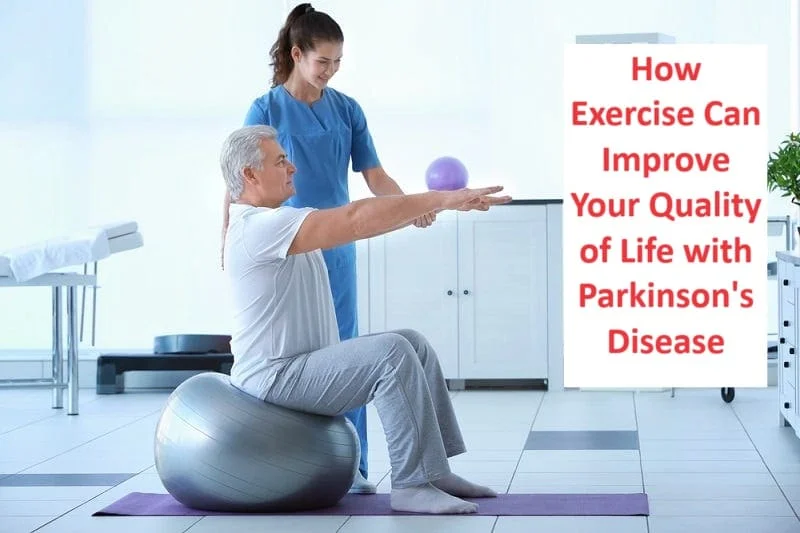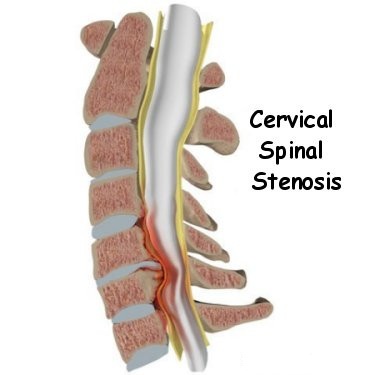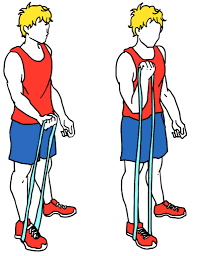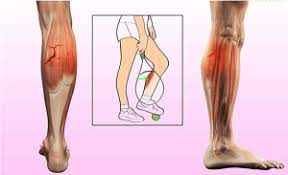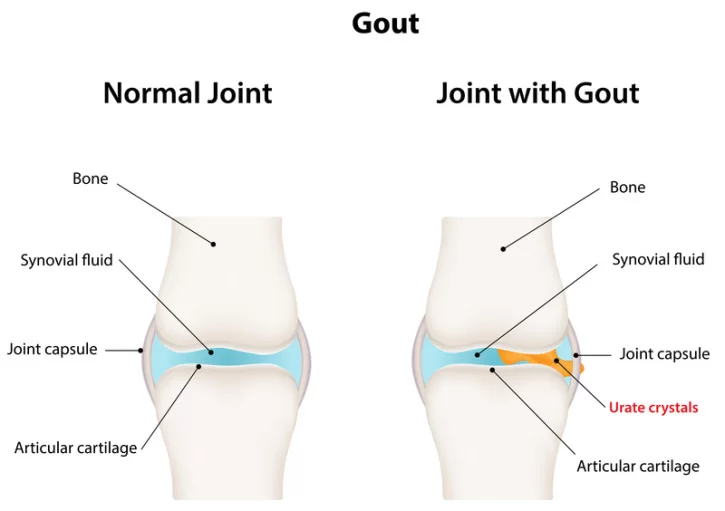How Exercise Can Improve Your Quality of Life with Parkinson’s Disease
Table of Contents
Introduction
Exercise has been recognized as a beneficial intervention for individuals with Parkinson’s disease. Regular physical activity can help improve mobility, balance, flexibility, and overall quality of life for these individuals. Various forms of exercise, such as aerobic activity, strength training, balance exercises, and flexibility training, have shown positive effects in managing the symptoms of Parkinson’s disease.
A tailored exercise program, designed in collaboration with healthcare professionals, can help individuals with Parkinson’s disease maintain their physical abilities, reduce the progression of symptoms, and enhance their emotional well-being.
By incorporating exercise into their daily routines, individuals with Parkinson’s disease can potentially experience improved motor function, increased independence, and a better overall quality of life.
What is Parkinson’s disease?
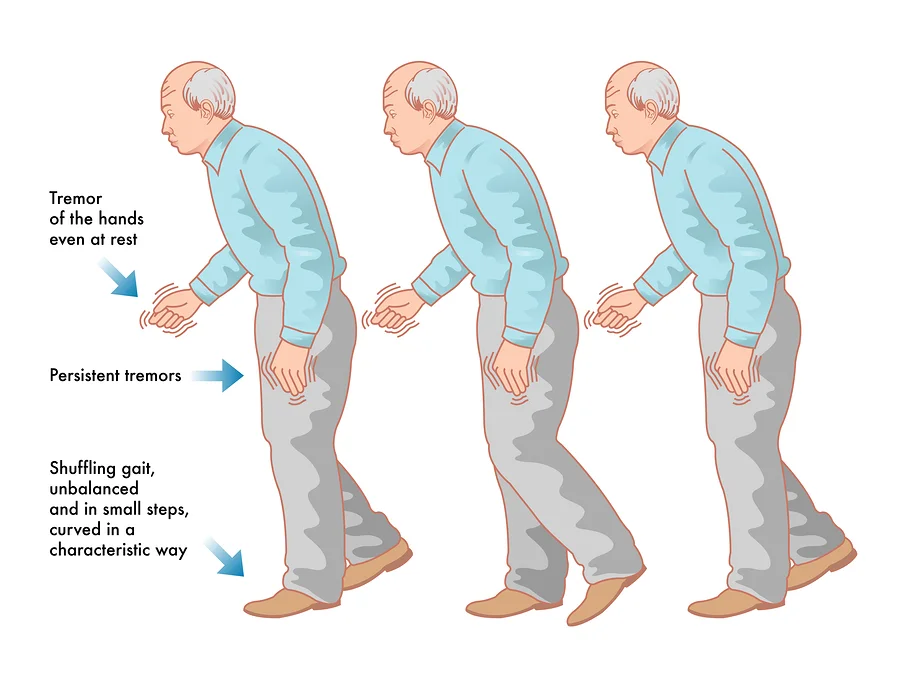
Parkinson’s disease is a neurodegenerative disorder that affects predominantly dopamine-producing neurons in a specific area of the brain called the substantia nigra. This progressive disease is characterized by a variety of motor and non-motor symptoms, including tremors, rigidity, bradykinesia (slowed movement), and postural instability.
In addition to speech issues, Parkinson’s disease can also cause depressive symptoms, discomfort, and restlessness.
The substantia nigra, a region of the midbrain, is affected by Parkinson’s disease. Dopamine is produced from this brain area, which is associated with reward and movement. Parkinson’s disease results in the death of cells in the substantia nigra, which lowers dopamine levels and indicates the start of symptoms.
Because Parkinson’s disease affects how you move and this is the case of a degenerative neurological ailment. Regular exercise can assist in maintaining balance, mobility, and the capacity to carry out daily chores. This indicates that exercise can lessen Parkinson’s symptoms and possibly even halt the disease’s progression.
Benefits of exercise in Parkinson’s patients:
Everyone gets benefits from exercise. However, exercise is a particularly important component of illness therapy for those with Parkinson’s disease. Exercise is the only medicine for Parkinson’s patients.
Exercise has additional advantages for those with Parkinson’s disease, such as:
- Enhancing and sustaining muscular endurance
- Enhancing balance and addressing gait issues that increase the risk of falling or cause fear of falling
- Increasing range of motion and flexibility
- Improving heart and lung function in particular and cardiovascular fitness
- Increasing the efficacy of levodopa, the most often prescribed drug for treating Parkinson’s illness
- Enhancing mental capacity
- Preserving a healthy weight
- Avoidance of constipation
- Raising the level of sleep quality
Which workout forms are most beneficial for Parkinson’s?
It is crucial to acknowledge right away that there is no one perfect workout for people with PD. Choosing an exercise routine you will stick with is the most important step.
The ideal workouts for people with Parkinson’s disease are enjoyable, demanding, and above all, secure.
To focus on various motor or cognitive skills, you may choose a different workout depending on your specific preferences and symptoms. However, a perfect fitness regimen combines a range of exercises, such as flexibility, balance training, strength training, and cardiovascular activity.
However, while creating an exercise regimen for someone with PD, there are some additional ideas to take into account in addition to exercising consistently.
The fundamentals of exercising while dealing with Parkinson’s are important.
Four essential components of exercise are essential for Parkinson’s patients:
- Aerobic exercise: Exercises that work the heart, such as brisk walking and stationary cycling
- Strengthening: Exercise such as increasing muscle strength by utilizing weights or resistance bands
- Balance: Exercises like tai chi and dance might help you become more stable on the feet
- Stretching: Exercise to increase flexibility, such as through mat exercises and yoga
Aerobic Exercises for Parkinson’s illness:
Maintaining a healthy weight Is made easier by aerobic exercise.
As your body burns calories and maintains a healthy weight, aerobic exercise helps keep your heart healthy.
Exercise that involves continuous, rhythmic motions that raise the heart rate over time is referred to as aerobic exercise, or “cardio”. Walking, jogging, running, swimming, dancing, water aerobics, chair aerobics, and biking are a few examples of aerobic exercises.
The Parkinson’s Foundation advises engaging in aerobic exercise five times each week for 30 minutes each session. You can create your routines that accommodate any physical restrictions if you so choose.
Aerobic exercise can improve several characteristics of motor function and fitness overall. In reality, studies reveal that people with Parkinson’s disease can benefit most from aerobic exercise at a moderate to intense level.
However, walking or trekking can raise your heart rate. It’s enjoyable to participate in these activities with friends or carers, and it lessens the loneliness some Parkinson’s patients feel.
Aerobic exercise categories include:
- Depending on the level of mobility, you can either walk, jog, or run.
- Either swimming or water aerobics
- Cycling or indoor cycling
- Rowing
Aquatic exercise:
Exercise in the water (Aquatic exercise) can help with balance
According to the APDA, exercising in water (a pool or a warm-water lake, under the watchful eye of a lifeguard) is a secure and efficient technique for persons with Parkinson’s disease to increase their balance and strength. According to the group, a person’s balance and posture can be improved and their buoyancy from simply standing in the pool helps assist weaker muscles.
With little to no strain on the body, swimming or even doing certain strength and flexibility exercises in the water, where the resistance of the water acts as resistance, improves muscular tone, balance, and mobility.

Range of motion exercise:
Joint mobility can be increased using a range of motion therapy.
Overall the range of motion and mobility can be impacted by bradykinesia (slowness of movement) and rigidity (stiffness), two defining signs of Parkinson’s disease. You might walk more slowly as a result of this, or you might find it difficult to move your arms and legs in different directions.
Strength and flexibility training can help here. However, there are certain exercises designed expressly to increase the range of motion in people with Parkinson’s disease. For instance, the APDA suggests performing the trunk twist, which is intended to increase the range of motion in the neck, trunk, and shoulders, all of which are frequently restricted in people with Parkinson’s disease.
Strength training for Parkinson’s patients:
Strength training exercises aimed at building muscle mass and maintaining strong muscles make it easier to carry out daily tasks. It promotes muscle growth.
Strength training routines that target one muscle group at a time, alternating focal regions each day, are often advised by fitness professionals. This lowers the risk of injury by giving the muscles you’ve worked time to recover, strengthen, and rest.
According to the Parkinson’s Foundation, strength training can involve using weights, exercise equipment, your body weight as resistance, or even everyday objects like a milk jug stuffed with sand. You should concentrate your strength training on the following muscle groups
- Muscles of the core
- Quadriceps muscles in the thighs
- Gluteals (buttocks)
- Trunk muscles
- Triceps muscles in the arms
- Wrists and hands
You should execute 10-15 repetitions in 1-3 sets for each muscle group. Additionally, each muscle group needs to be worked on two to three times each week. Just be sure to switch up your days so different muscle groups aren’t treated on consecutive days.
The foundation recommends performing strength training two to three times a week, but scheduling it so that you don’t work the same muscles back-to-back days because your muscles need time to rest and recover.
Strength training can be done standing, sitting, or lying down, just like stretching exercises.
Examples of strength training:
- Bench presses
- Kickbacks, extensions, or tricep dips
- Assisted or standard pull-ups
- Squats or repeatedly getting up from a chair while seated
- Leg presses.
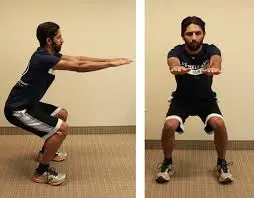
There are several workouts you may do to increase your reach and strengthen your grasp. Exercise for the hands can assist persons with Parkinson’s disease to avoid problems with reaching for objects on higher shelves and writing by hand.
Resistance training generally helps in preserving and gaining muscle mass.
Balance exercises for Parkinson’s patients:
Maintaining balance is crucial to help prevent or decrease the risk of falling. So, in addition to building stronger muscles through strength training, balance, and mobility exercises are essential for improving stability.
One of the main objectives of balance exercises is to avoid falls. The ideal balance exercises for you will therefore be determined by seeing a physical therapist. Physical therapists will assist you in strengthening your ankle, and improve your body’s natural capacity to “catch itself”, which will help you to avoid falling.
Examples of neighborhood initiatives that focus on balance include:
- Dance classes
- Yoga, and Tai Chi classes
- Pilates
- Boxing
Coordination exercises for Parkinson’s patients:
Parkinson’s disease causes muscle movements to slow and muscles to become smaller. Coordination of more complicated movements may become more challenging as a result.
Working on exercises that test your muscles’ agility, size, and speed will help you maintain and enhance your motor skills. Activities and coordination exercises that work the lower body muscles include:
- Walking
- Cycling
- Dancing
- Boxing without gloves or other martial arts
Here are a few Parkinson’s-friendly hand exercises that can aid with upper body and fine motor skills:
- Pickups: Choose a tiny item like a coin, toothbrush, or pencil. Setting it on a table in front of you and practice taking it up, gripping it, and putting it down with each hand.
- Fingertip touches: With your elbow bent and your palms facing out, hold your arms up in a comfortable manner. Reopen the hand after bending the index slowly downward to touch the thumb. Continue with your middle, ring, and pinky fingers.
The following pastimes and pursuits can also aid with coordination improvement:
- Drawing or painting
- Composing a letter
- Planting and gardening
- Knitting, cross-stitching, or sewing
- Playing a musical instrument
Stretching exercise
Stretching exercise keeps a person flexible.
Stretching and flexibility exercises should be “the first step in your exercise program.” The Parkinson’s Foundation notes that more flexible persons typically find it easier to do routine activities like walking and that these exercises assist counteract the muscle rigidity that occurs with Parkinson’s disease.
Although there isn’t a set of stretching routines for Parkinson’s patients:
- Stretching exercises for at least ten minutes at a time.
- Stretching three to four times a week, ideally every day.
- Performing three to four repetitions of each stretch while holding each one for 10 to 30 seconds.
- During each stretch, breathe normally (don’t hold your breath). Each stretch should feel like a gentle tug, instead of stretching until it hurts.
Additionally, a flexibility program should concentrate on the body parts that are most impacted by symptoms, such as the neck, lower back, hamstrings, knees, calves, and backs of the thighs.
To prevent muscle tension and tiredness stretches and flexibility exercises can be done while seated or lying down.
Boxing:
According to the Parkinson’s Foundation, boxing can be a good and enjoyable form of exercise for those with Parkinson’s disease. However, you should only engage in noncontact boxing that is done in a secure environment without hitting or being hit by other people.
Boxing is a workout that incorporates agility exercises, balance exercises, strength exercises, and aerobic exercises all in one.
Contact-free boxing
This workout improves speed, strength, and agility. It also enhances endurance, hand-eye coordination, and balance.
Jab punches
- Stand on your feet beneath the hips, or a little wider for improved stability.
- Make a fist and place them in front of the shoulders. Your palms should be facing forward when you make a fist
- Punch forward with your left hand while fully extending your arm.
- Back to the starting position.
- Repeat on the other side.
- This is a single occurrence.
- Perform one or two sets of twenty reps.
Combination punches
- Place your feet beneath your hips, or a little wider for improved stability.
- Make a fist and place your hands in front of your shoulders, palms inside.
- Punch upward with your left hand while fully extending your arm.
- Get back to where you were before.
- Then, completely extend your arm and punch your left fist across your torso.
- Get back to where you started.
- Repeat on the other side.
- Perform one or two sets of twenty repetitions.
Seated exercise:
Do sitting exercises if the person’s mobility is limited.
Performing strength and flexibility exercises while sitting down can help you maintain fitness and increase your range of motion. This will cause the least amount of strain on your muscles and joints.
The Parkinson’s Foundation suggests seated stretching exercises, such as the hamstring stretch.
To perform this stretch:
- Sit tall in a chair and cross one leg over the seat in front of you.
- Maintain a straight back, flat knees, and upward-pointing toes.
- Gently extend both arms toward your toes.
- You should only extend your arm forward as far as you can without bending your knee or experiencing any discomfort.
- Repeat while changing legs.
The shoulder blade squeeze is a type of strength workout that you can execute while seated. To complete this activity:
- Sit with the back straight and the buttocks forward on the edge of a chair.
- Spread your fingers wide and extend your arms out to the sides.
- Squeeze your shoulders together and pull them back.
However, it is essential for individuals with Parkinson’s disease to consult with their healthcare provider before starting any exercise program to ensure that it is appropriate for their specific condition and capabilities.
Summary
People with Parkinson’s disease benefit from regular exercise. You can choose to enroll in a local class or watch one of the many Parkinson’s disease exercise videos available online.
Consult a medical professional before beginning a new fitness regimen. They can assist you in determining the appropriate level of difficulty, length, and frequency of your workouts as well as suggest the finest exercises for your needs.
As usual, pay attention to the signals in your body and respect the everyday changes it undergoes. Be gentle with yourself, go at your speed, and take action as it seems right.
FAQs
Exercise is essential for preserving mobility, balance, and day-to-day living skills. It can alleviate a lot of PD symptoms
Engage the person you care about with PD in regular activities such as marching, dancing, singing, and swaying to music. Coordination and balance can be improved by dancing.
Similar to stress, anxiety can also result in physical symptoms including trembling, elevated heart rate, and disturbed sleep that resemble Parkinson’s disease symptoms. Excessive anxiety can exacerbate symptoms of Parkinson’s disease (PD), such as tremors or an elevated heart rate.
A person requires long-term treatment to control the symptoms, and you may eventually have to adapt the way you do simple daily tasks. Everyone’s experience of living with Parkinson’s disease is different, but there are lots of problems and challenges shared by many people living with the condition.
Those who are diagnosed with Parkinson’s at a very young age, such as around age 30, may live longer periods of up to 40 years with the disease. However, the person may end up dying at a slightly younger age than seniors who are diagnosed at an older age

